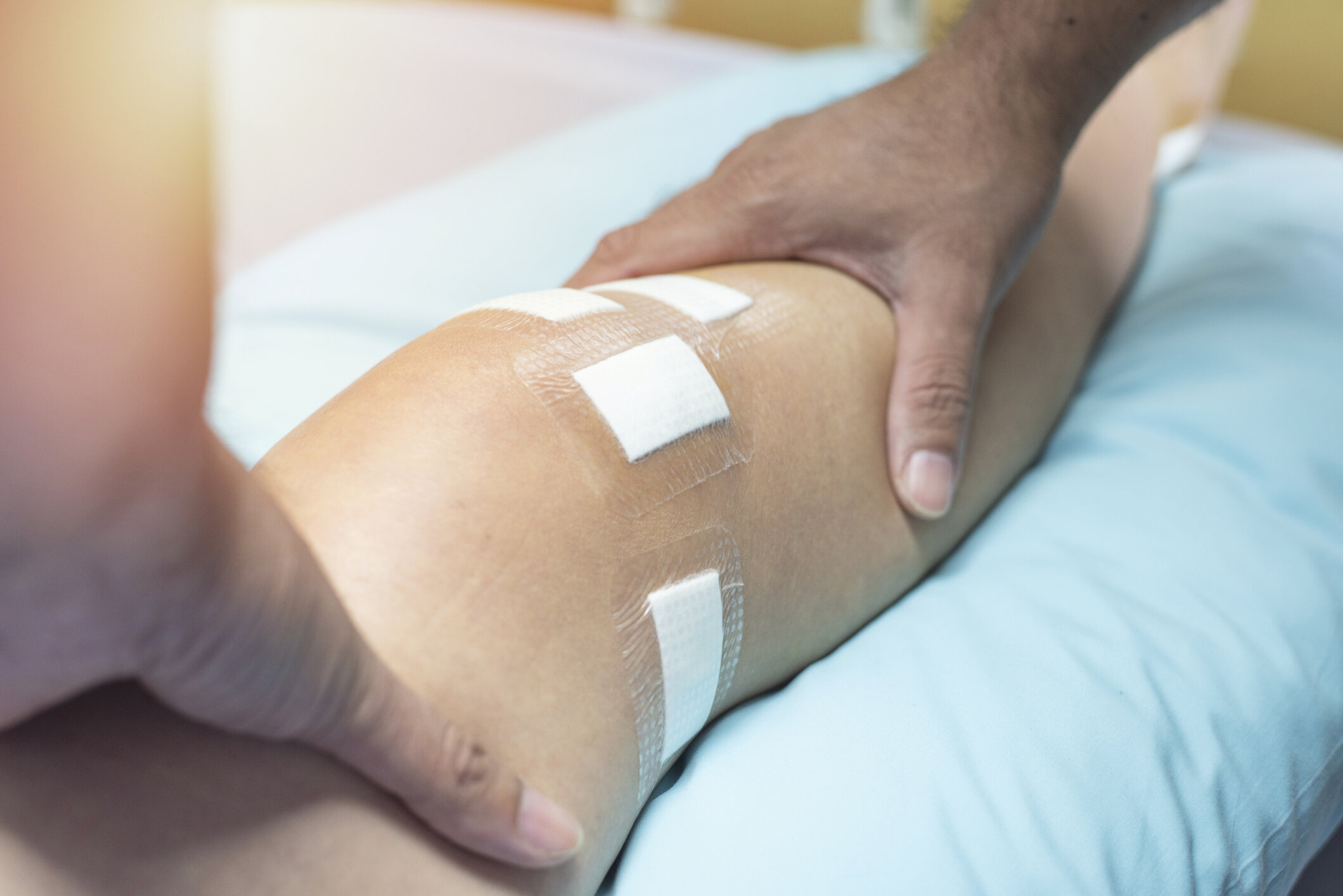What Are Your Graft Options for ACL Surgery?
ACL reconstruction is one of the most common surgical procedures Dr. Sterett and his team perform for their Vail Valley patients. Dr. Sterett understands that every injury (and every patient) is different, and what ACL graft works for one may not work for another.
Common graft choices for repairing a torn ACL are placed into two categories: allografts and autografts. Here’s what to know about your ACL graft options and which one is best for your lifestyle!
Who Should Get an ACL Allograft?
When you tear your ACL, Dr. Sterett and his team at Vail-Summit Orthopaedics & Neurosurgery need to rebuild the damaged ligament. One of the most common methods for repairing an ACL is with an allograft.
An ACL allograft takes tissue from a donor or a cadaver. Since the ACL is a short ligament, a long piece of donated tendon is used for the ACL reconstruction. Graft sources include donated material from:
Hamstring
Tibialis Anterior
Achilles Tendon
Patellar
Quadriceps Tendon
Dr. Sterett selects the graft based on the patient’s lifestyle and outcome goals. The recommendation he makes depends on which allograft option optimizes knee function, reduces the risk of a re-tear, and minimizes morbidity. Learn more about his specific graft recommendations here.
Two benefits to an ACL allograft repair are:
Rehab for ACL allograft surgery is generally easier since the donated tendon causes less stiffness.
Since the tissue was taken from a donor, Dr. Sterett isn’t harvesting tissue from the patient, meaning there’s no pain from an additional surgical site.
In younger patients, an allograft is associated with a higher risk of re-tearing the ACL. For any active patient under the age of 35, Dr. Sterett will typically recommend an ACL Autograft.
When Do You Use an ACL Autograft?
While an ACL allograft uses a cadaver tendon to repair your torn ligament, an autograft uses a piece of tendon from the patient's own body to reconstruct the ACL. This means that Dr. Sterett will surgically harvest tissue from one of the patient’s tendons.
Common autograft harvest sites include:
Patellar tendon
Hamstring Tendon
Quadriceps Tendon
The patellar tendon is the traditional autograft choice. However, Dr. Sterett’s years of experience treating high-level athletes, he’s seen a trend in patellar tendon grafts increasing the risk of the patient developing patellar tendonitis later in life. He’s also noted a higher reported instance of scar tissue and arthritis with the patellar tendon graft.
One of Dr. Sterett’s specialties is the quadriceps tendon autograft. He typically recommends the quadriceps tendon graft for the following patients:
Patients with a history of patellar tendon issues
Athletes under 25-years-old
Congenitally loose-jointed patients who are prone to hyperextension
Regarding the hamstring tendon autograft, Dr. Sterett may recommend this to patients who need to kneel in their jobs or hobbies - plumbers and wrestlers, for example.
Contact Dr. Sterett to Discuss your ACL Graft Options
Not sure which ACL graft option is right for you and your lifestyle? Contact Dr. Sterett at Vail-Summit Orthopaedics & Neurosurgery today!
As the leading expert in ACL reconstruction, Dr. Sterett and his team will work with you to design a treatment plan that’s best for your needs. Schedule your consultation today by calling (970) 476-7220 or by completing Team Sterett’s online request form.



